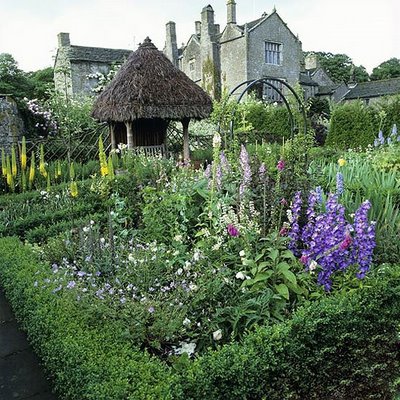
Japanese Boxwood Shrubs-What You Should Know
You have probably heard of Japanese boxwood shrubs but know very little about them. It is important to find out everything you can about this shrub or other plants that you are planning to grow before you decide to add them in your garden. Fortunately, it is now very easy to find out more about these plants because you can now search for them online. You can look at pictures if you do not know what they look like and you can read articles about boxwood shrubs specifically about this variety of boxwood.
To give you some basic ideas about this variety of boxwood shrubs, you need to check out the facts and information that I have gathered about these perennials from different resources.
What Are Japanese Boxwood Shrubs?
This variety of boxwood is a native of Japan, though it has been grown in the US in the late 1800s. It is also known as littleleaf because of its small sized leaves. The Japonica variety of boxwood is the most adaptable variety among all the other varieties of boxwood. However, it is still best to plant them in their preferred conditions. This boxwood variety best grows under the sun or in partial shade and prefers soil that quickly drains water. The shrub can grow up to 6 to 8 feet with a width of up to 4 to 6 feet. However, these shrubs are grown low to the ground and do not usually reach their full height and width.
Benefits Of Planting Japanese Boxwood Shrubs
Just like other boxwood shrubs, Japanese boxwood can serve as a property border. I have planted rows of Japanese boxwood along the perimeter of my property not to ward off trespassers but to separate my yard from my neighbors’ properties. You can also use these boxwood shrubs as topiaries. If you are like Edward Scissorhands and have a talent with garden scissors, you can cut these boxwood plants according to your desired shape. Otherwise, just call a professional landscapist and have him cut the shrub for you. As what I have explained in the previous paragraph, this variety of boxwood is highly adaptable, and that means you can grow them in just about any part of your yard.
Other Useful Tips
If you want low maintenance Japanese boxwood, you should choose a pest and disease resistant type that is available in most greenhouses. You also have to know that a boxwood plant has a very strong smell. You should consider smelling the leaves first before you decide growing rows upon rows of boxwood near your house. The leaves of these plants can also be poisonous so take proper precautions if you have kids and pets at home. When pruning the leaves, be sure to wear gloves to prevent skin rashes.
Final Thoughts
 You need to consider the abovementioned paragraphs if you are planning to plant Japanese boxwood in your garden or yard. These facts and information will ensure that your Japanese boxwood shrubs will grow properly and will provide you the kind of benefits that you are looking for.
You need to consider the abovementioned paragraphs if you are planning to plant Japanese boxwood in your garden or yard. These facts and information will ensure that your Japanese boxwood shrubs will grow properly and will provide you the kind of benefits that you are looking for.